AMD EPYC 7352 Market Positioning
Thes chips are not released in a vacuum instead, they have competition on both the Intel and AMD sides. When you purchase a server and select a CPU, it is important to see the value of a platform versus its competitors.
AMD EPYC 7352 v. AMD Alternatives
As is customary in these reviews, we can compare the AMD EPYC 7352 to its contemporary offerings from the same line along a dollares per core spectrum as we detailed in our piece AMD EPYC 7002 SKU List and Value Analysis.
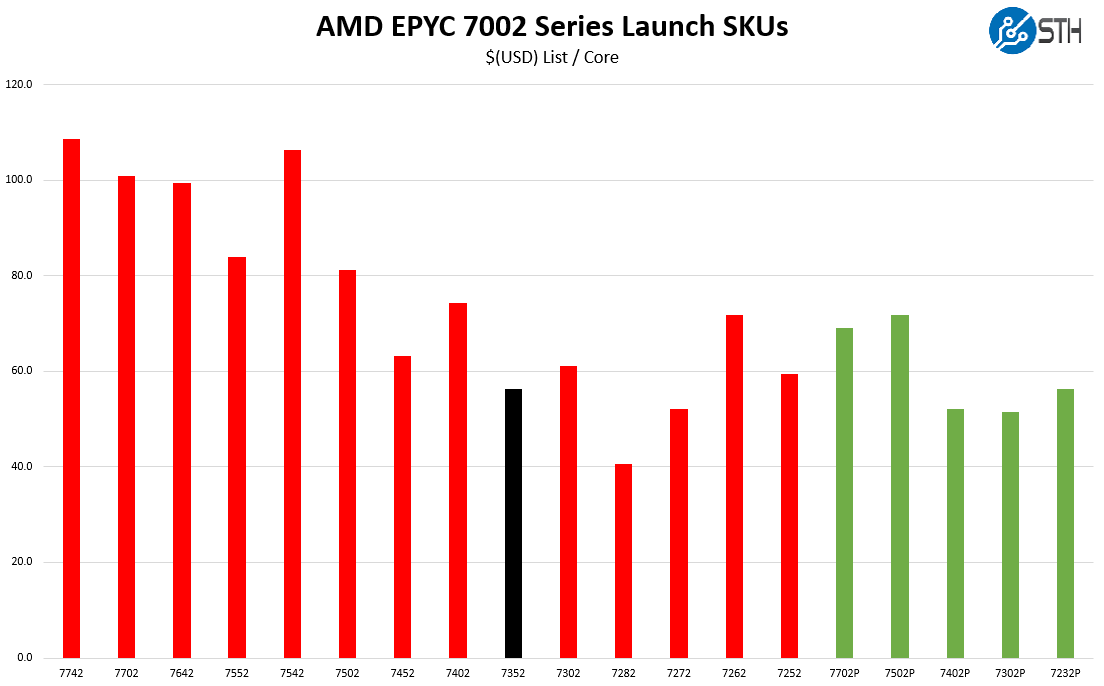
For dual socket capable CPUs, the EPYC 7352 has the third-lowest cost per core in AMD’s lineup.
When we look at a cost per base core clock (list in $USD/ cores * base GHz), we can see that it is still at the mid to lower-end of AMD’s stack.
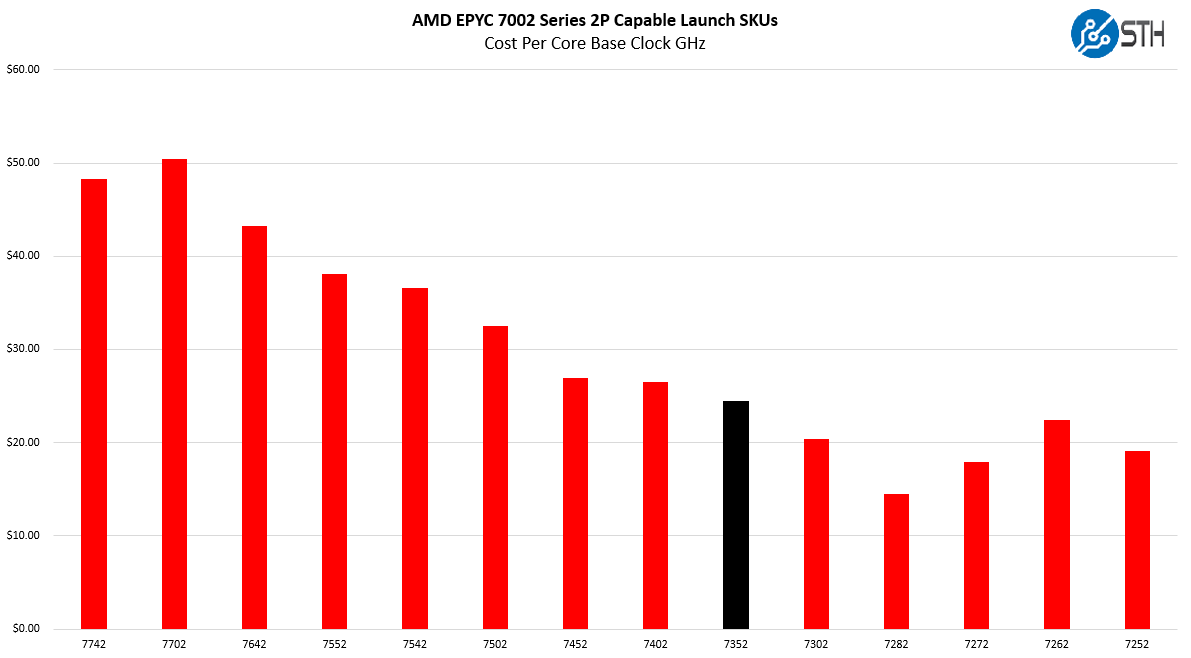
For a single-socket application, our guidance is likely to be the EPYC 7402P which is a significantly lower list price part yet offers many of the same features and much of the same performance. For dual-socket applications, the EPYC 7352 is a solid option for those that prefer to get near the EPYC 7402 level of performance but save a bit in the process.
Although this is a less expensive part, there is more here than just CPU pricing. One is likely to spend more on RAM than on this CPU, let alone the rest of the system. At the higher end of a range, we would expect this CPU to cost around 25% of the total system that it is found in but that figure can dwindle to much less. In the context of total system cost, one can make an argument that the higher-end EPYC parts are better price/ performance. Looking at CPUs only distorts this view so one must keep it in mind.
AMD EPYC 7352 v. Intel Xeon Alternatives
If you have not read the performance section, please do so for context. Then look at this chart which shows the first chart from our AMD EPYC 7352 v. AMD Alternatives section above alongside its Intel counterparts:
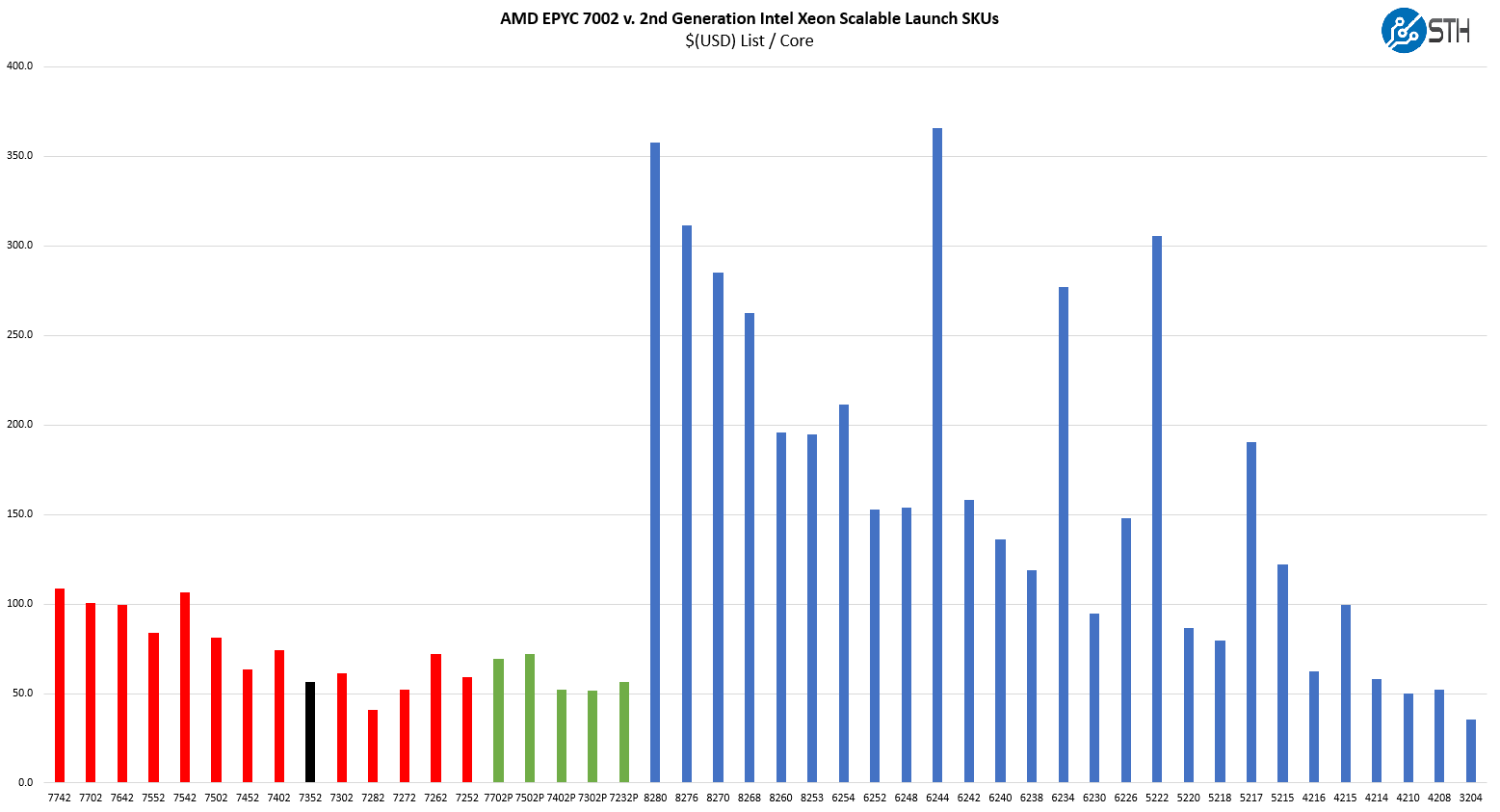
Here, the 24 core part is priced similarly on a per-core basis as that of an Intel Xeon Silver. Intel’s lowest cost 24-core CPU is the Intel Xeon Gold 6252 at almost three times the price of the AMD EPYC 7352. This is one of those cases where AMD is delivering more than 2x the performance per dollar over the 2nd generation Intel Xeon scalable in both raw CPU performance but also PCIe lanes and bandwidth.
AMD also has a raw memory capacity advantage at up to 4TB in 8-channels versus up to 1TB in 6-channels of slower memory for the Intel Xeon Gold 6200 series standard SKUs.
Intel has features like AVX-512 and VNNI. Perhaps the most compelling is Optane DCPMM. DCPMM in memory mode is the most common use case where it is used to expand memory. The App Direct mode where it is used as persistent storage is a game-changer for some applications. AMD does not have this feature. These are perhaps binary decisions on what one considers “must-have.” Note, if you are using 128GB DCPMMs in Memory Mode, it is not a “must-have” feature and instead AMD’s memory setup is likely to be better.
Intel is caught in a bit of a pickle in the 24 core realm. It was supposed to have its Ice Lake Xeons out with its new microarchitecture, PCIe Gen4, and more cores when the EPYC 7002 series launched. Instead, with Intel’s 10nm delays leave the 24-core market as a vulnerable space for Intel. Intel can discount its CPUs far below list prices that we are using above so that also needs to be taken into context.
Final Words
For $1350, the AMD EPYC 7352 is an extremely compelling CPU option. If it were priced at $2000, it would be compelling, but considerably less so against Intel. Instead, the EPYC 7352’s main competition comes from the EPYC 7002 “P” series of single-socket only SKUs and other 24-core options in the lineup. At just over $430 more, the EPYC 7402 makes a compelling case for many. It is a relatively minor increase in cost for more notably better per-core performance.
Perhaps the bigger significance is that the AMD EPYC 7352 is priced at $1350. That is only around $75 more than the Intel Xeon Gold 5218 with its 16-cores. Raw core counts allow AMD to perform significantly better, and the EPYC 7352 has more platform I/O and expansion capabilities than the lower-end Xeon Gold. Until this gap is closed, the EPYC 7352 is a chip that Intel does not have a direct answer to other than by providing significant discounts.

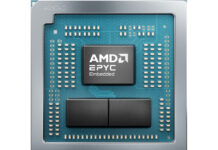
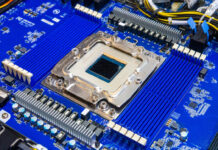
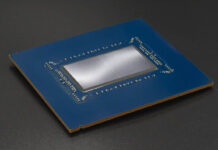
Pardon my ignorance. It says “…Since this is a standard part, not a “P” series SKU, one can also use these chips in dual-socket configurations…” and then discusses its performance on a Tyan single-socket motherboard. How?
Hi domih – we only had one CPU to test with. You can use standard parts in single or dual-socket configurations. This is an instance where there is no “P” SKU variant so one would use the standard part for single-socket as well.
We then used single-socket results for comparison points.
Please include the numbers for Threadripper in the future.
Worst results than 7451?..its strange
@Patrick
Thanks for the explanation. I don’t know why but my apparently simple XORing mind thought P = single socket only (correct) and non-P = dual socket only (utterly incorrect). Oops :-)